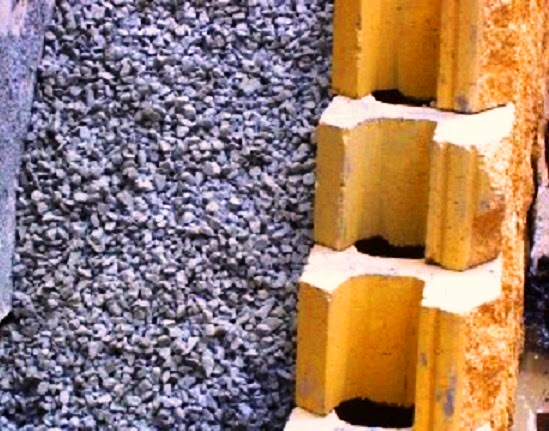We know that shear strength is the key issue that determines stability of slope. Slope of soil mass should be such that soil mass is safe against failure of slope along any conceivable (plane or circular) surface. Now elastic or plastic theories are using increasingly to establish method of analysis. But common methods of analysis are developed base on the limiting equilibrium.
Now what is limiting equilibrium? Here it is assumed that soil mass is on the brink of failure. The method (limiting equilibrium) is statically indeterminate. Due to indeterminacy, we cannot predict stress-strain relationships working along assumed surface and as usual we need some assumptions. With the help of assumption we will try to make the system statically determinate. This facilitated to produce sufficient equilibrium equation to solve the problem conveniently.
The forces that are active along failure surface and trying to result failure and their resultant are determined in analysis. The shear strength available in system is also determined.
In all indeterminate system, certain assumptions are required to solve the system and these assumptions depend on the analysis method. In analysis of soil mass the assumptions made are as follows:
a. A two-dimensional stress system is assumed in analysis, the stress components in third direction are considered as zero. Third direction means the stress along normal to section of soil mass?
b. Strength parameter cohesion intercept (C) and angle of internal friction (φ) are known.
c. Coulomb’s equation regarding shear strength is assumed to be applicable to this system.
d. The next assumption is water levels and seepage conditions of the soil mass are known.
e. Pore water pressure can be estimated based on (d).
f. It is assumed that plastic failure condition will be achieved along critical surface. Plastic failure condition means shear stress in any points of critical surface will be sufficiently large to become all obtainable shear strength mobilized.
g. In addition to the assumptions discussed above some assumptions are made depending upon method of stability analysis regarding forces distribution and their magnitude along anticipated planes.
Using these assumptions, the resultant forces and shear strength are determined. The factor of safety of slope is calculated using resulting forces available in the system and actuating forces.


















